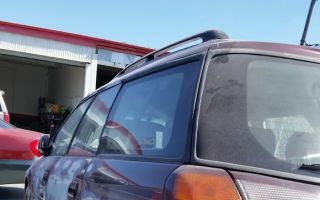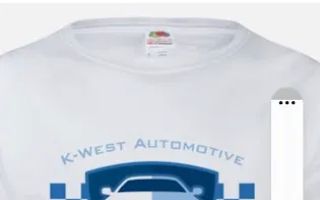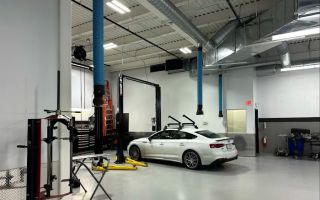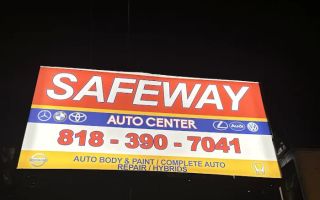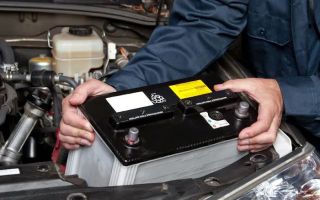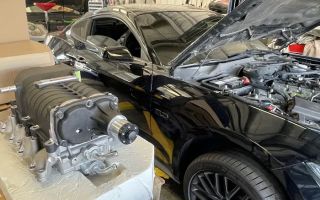Brake System Replacement for Worn-out Brakes: A Detailed Guide for Car Owners
Published on Mar 10, 2025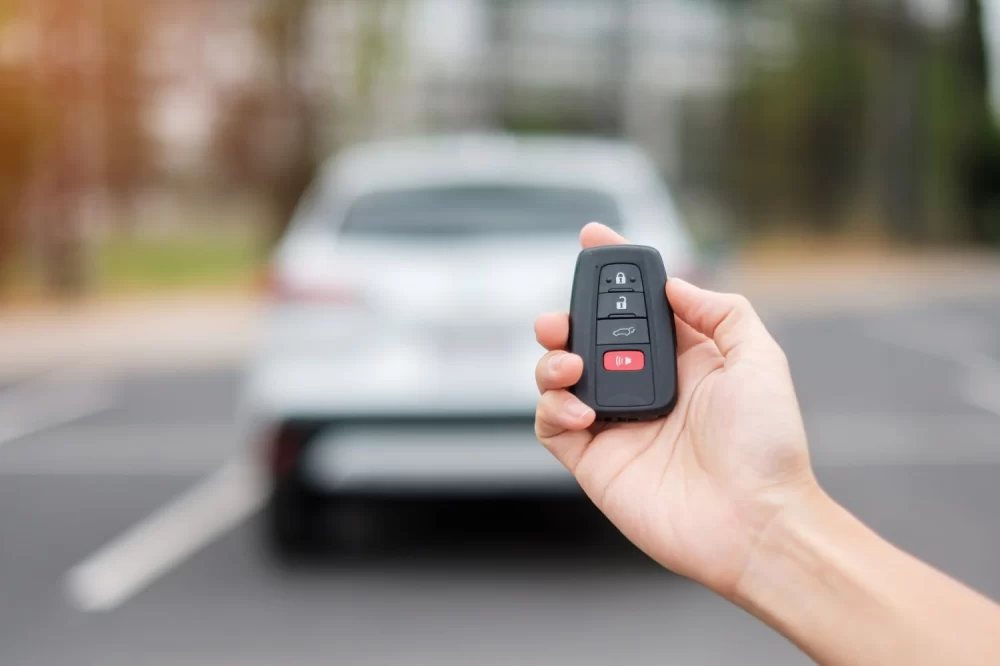
Auto Repair Shops Near Me
Recommended
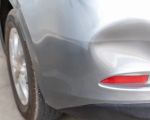
How to Prevent Minor Fender Benders and Door Dings with Smart Parking and Awareness
Learn how to prevent minor fender benders and door dings using practical parking techniques, mirror awareness, and real-world prevention habits. Includes expert-backed strategies and driver-tested stories.
Dec 04, 2025
How to Resume Driving After a Prolonged Break: What to Inspect First
Learn how to resume driving after a prolonged break, like a snowy winter or long vacation. Get tips on inspecting your car, ensuring safety, and preparing for the road.
Dec 03, 2025
Why Regular Cabin Cleaning Improves Safety — Clear Visibility, Less Distraction, Better Comfort
Regular cabin cleaning is key to improving safety, enhancing visibility, and reducing distractions. Learn how a clean cabin can provide better comfort and ensure a safer environment.
Dec 03, 2025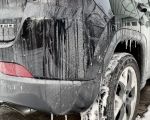
How to Safely Wash Your Car in Winter — Cold, Slippery, and Icy Conditions Explained
Discover how to safely wash your car during winter. Learn essential tips for dealing with cold, slippery, and icy conditions to keep your vehicle in top shape.
Dec 02, 2025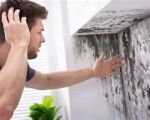
How to Prevent Interior Mold During Humid Weather or Rainy Seasons
Learn effective tips to prevent mold in your home during humid weather and the rainy season. Discover cleaning, ventilation, and maintenance strategies to keep your home mold-free.
Dec 02, 2025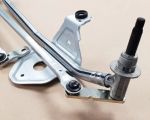
Tips for Maintaining Your Car's Wiper Motor Linkage
Learn essential tips for maintaining your car’s wiper motor linkage, including warning signs, real driver cases, and expert guidance to prevent costly repairs.
Nov 26, 2025Related Categories
Popular

Emergency Vehicle Towing Guide for Miami: What You Need to Know
Jan 24, 2025
The Best All-Season Tires for Your Car in 2025: Top Picks for Every Driver
Mar 07, 2025
How Towing Services Can Help with Engine Overheating: Immediate Assistance When Your Engine Runs Hot
Jan 24, 2025
How to Safely Use Towing Services for Vehicles with Dead Batteries
Jan 24, 2025
Comprehensive Guide to Roadside Emergency Services: Towing, Car Rescue, and More
Feb 24, 2025
Flatbed Towing vs. Traditional Towing in Chicago: Which is Right for Your Vehicle?
Jan 22, 2025
Reliable Towing for Electric Vehicles in Madison: Your Trusted Roadside Assistance
Jan 24, 2025
What to Do After an Accident in San Francisco: A Step-by-Step Guide
Jan 22, 2025
Why You Should Always Carry Roadside Assistance Coverage: The Key Benefits and Importance
Jan 24, 2025

